Hey plant pals! Ready to dive into the cool world of begonia richmondensis? Trust me, it’s like finding a treasure in your backyard. I stumbled upon this gem, and let me spill the beans on why you’re gonna love it too!
Widely recognized for its distinctive blooms, this plant is adaptable, making it suitable for both novice and experienced gardeners.
Key Takeaways
- Distinctive Blooms: Begonia richmondensis displays flowers characterized by a vibrant mix of colors, adding visual appeal to any garden.
- Adaptability: Known for its resilience, this plant thrives in various conditions, making it a practical choice for individuals with varying levels of gardening experience.
- Year-Round Aesthetics: Offering consistent visual interest, begonia richmondensis maintains its beauty throughout the year, contributing to a garden’s appeal in every season.
- Low-Maintenance Nature: With minimal care requirements, this plant is well-suited for those with busy schedules or limited time for gardening.
- Historical Significance: Begonia richmondensis carries a historical legacy, contributing to the cultural tapestry of botanical appreciation over time.
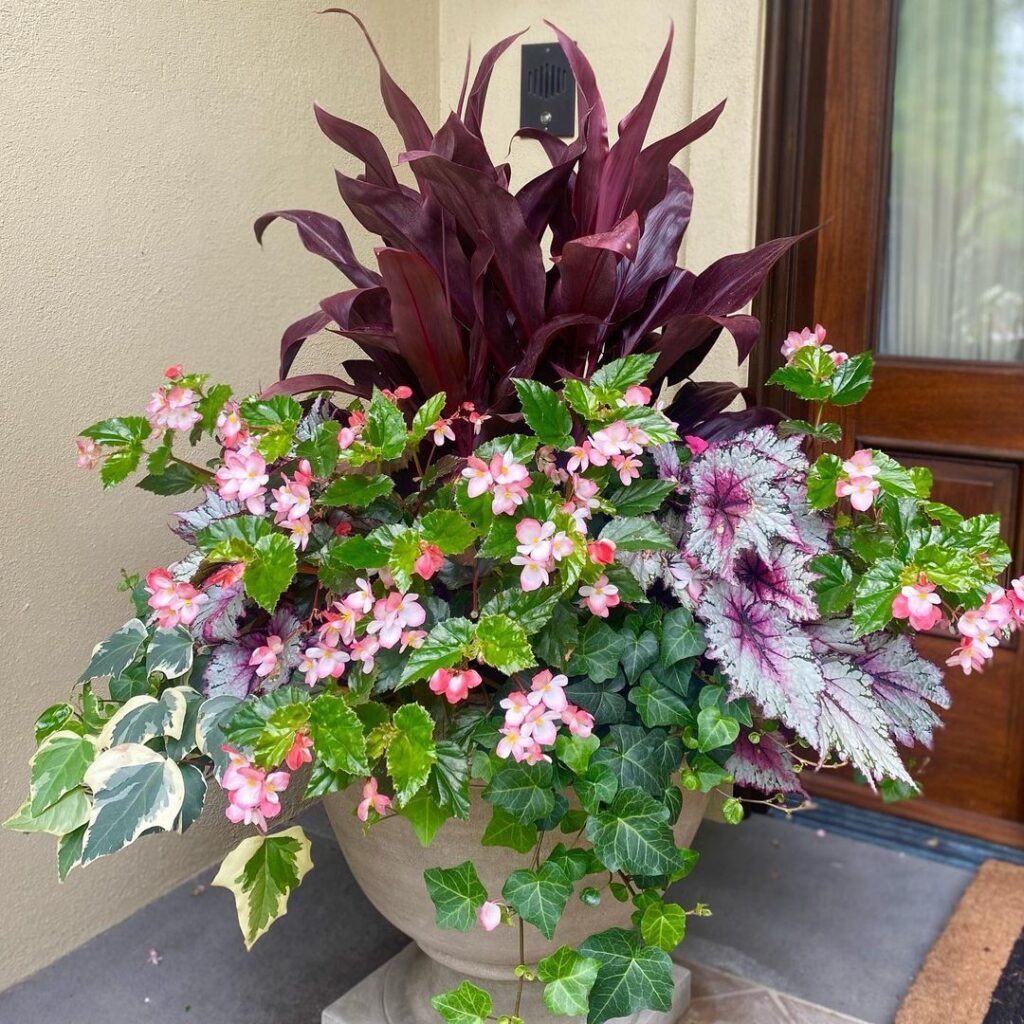
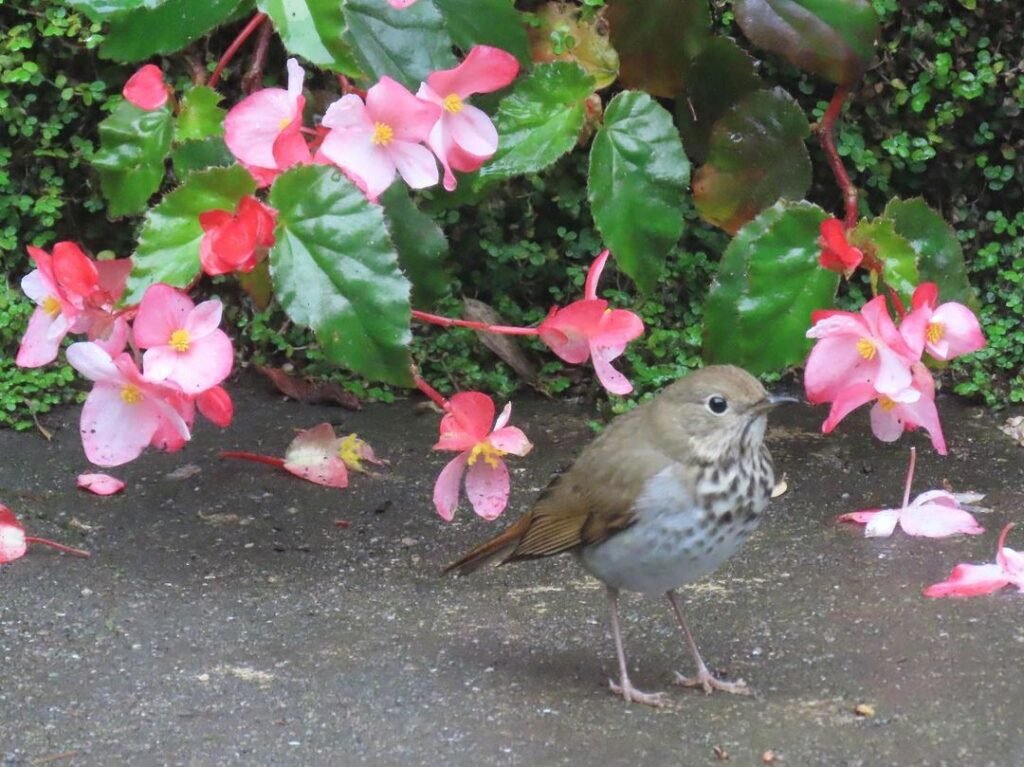
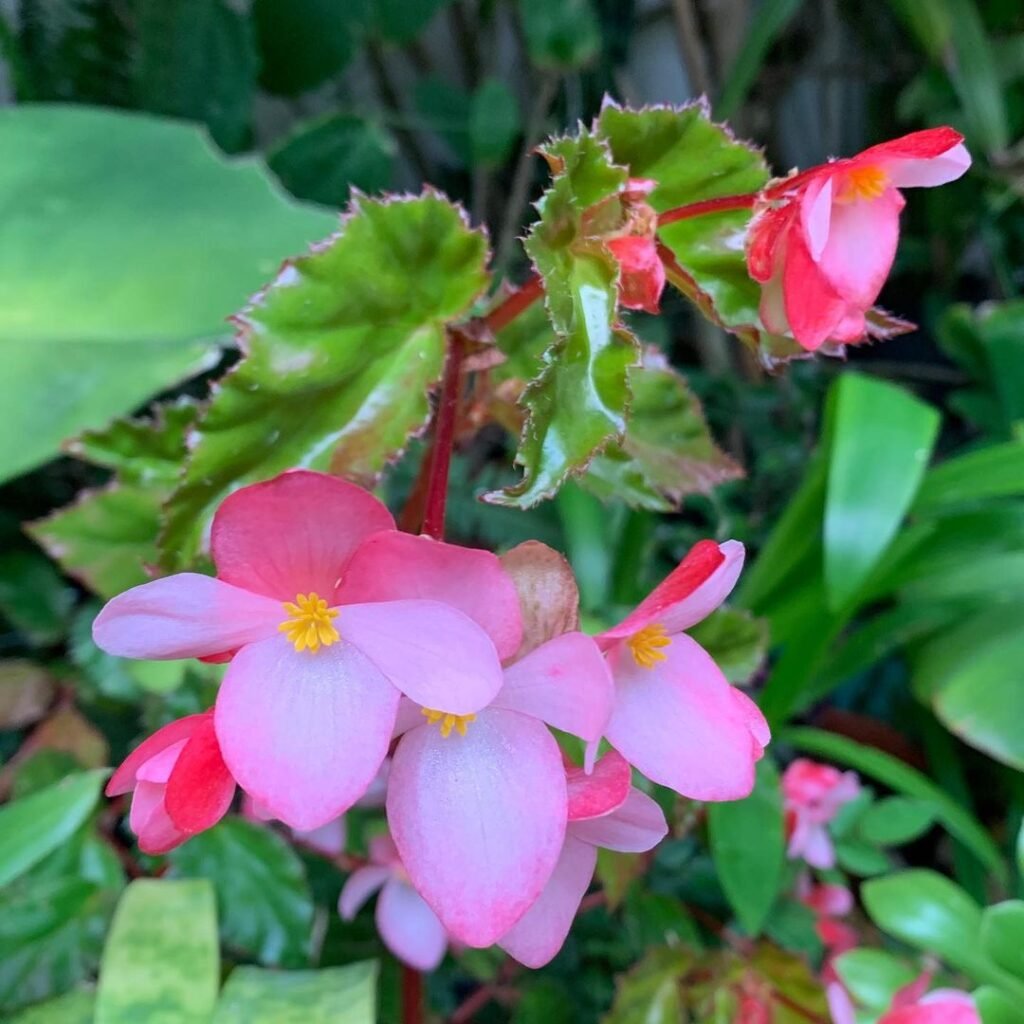
Care Guide Overview
| Care Aspect | Brief Overview |
|---|---|
| 💧 Watering | 1. Moderate watering: Keep the soil consistently moist, but not waterlogged. Allow the top inch to dry before watering again. |
| ☀️ Lighting | 2. Indirect light: Place in bright, indirect sunlight. Avoid harsh, direct sun exposure. |
| 🌱 Soil and Fertilizing | 3. Well-draining soil: Use a rich, well-draining mix. Feed every 2-4 weeks during the growing season with a balanced fertilizer. |
| 💦 Humidity and Temperature | 4. Stable environment: Maintain moderate humidity levels. Ideal temperature range is 60-75°F (15-24°C). |
| ✂️ Pruning and Shaping Tips | 5. Regular pruning: Trim spent blooms and leggy growth to encourage bushiness. Shape as desired to maintain a tidy appearance. |
| 🌱 Propagation Tips | 6. Leaf cuttings: Easily propagate by taking healthy leaf cuttings. Place them in a suitable rooting medium for successful propagation. |
Appearance of Begonia Richmondensis
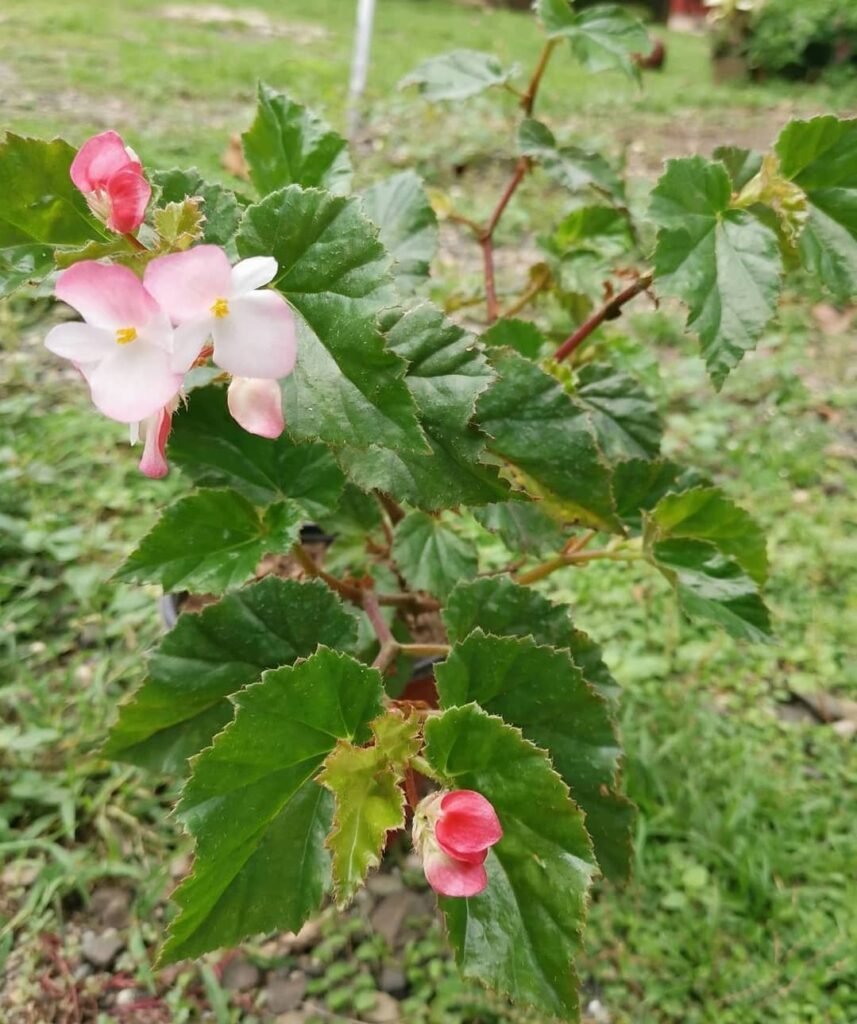


The begonia richmondensis is characterized by elongated, asymmetrical leaves arranged in a distinct spiral pattern. These leaves, colored in a deep green shade, feature intricate veins that add to the overall visual interest.
The plant produces clusters of small blossoms in hues of pink, white, or red, creating a vivid contrast against the green foliage. With its compact and bushy growth habit, the begonia richmondensis stands out as a visually striking addition to gardens and indoor spaces alike.
Not the plant for you? Check out my full list of 78 Types of Begonia!
How to Grow Begonia Richmondensis
Cultivating a vibrant and healthy begonia richmondensis involves mastering the nuanced art of care tailored to its specific needs. From the watering ritual to the dance of light, every aspect plays a crucial role in nurturing this botanical wonder.
💧 Watering
To satisfy the thirst of your begonia richmondensis, maintain a delicate balance. The soil should be consistently moist, not drowning. Allow the top inch to dry before the next sip. Remember, it’s not just about quantity; it’s about timing. Use room temperature water to prevent shocks, directing the flow to the soil, avoiding wetting those precious leaves.
☀️ Lighting
Creating a symphony of light is key. Place your begonia in a spot with bright, indirect sunlight – it’s the perfect serenade for its growth. Avoid the harsh glare of direct sun; it’s like a sunbath turned burn. A little rotation from time to time ensures every leaf gets its fair share, preventing a one-sided affair.
🌱 Soil and Fertilizing
For the soil, think of it as a tailored suit – it needs to fit just right. Opt for a well-draining mix, a comfortable home for your begonia. Fertilize like a gourmet chef, with a balanced meal every 2-4 weeks during the growing season. Dilute the fertilizer – think of it as creating the perfect dish, not an overwhelming feast. Keep an eye on your plant’s taste buds; yellowing leaves may mean you went a bit heavy on the seasoning.
💦 Humidity and Temperature
Your begonia appreciates a moderate environment – not too dry, not too wet. Maintain moderate humidity levels, whether by using a humidifier or placing it strategically on a tray of water. When it comes to temperature, aim for a sweet spot between 60-75°F (15-24°C). It’s like creating the perfect ambiance for a cozy night in.
🕷️ Navigating Common Pests: Shielding Your Begonia Richmondensis from Intruders
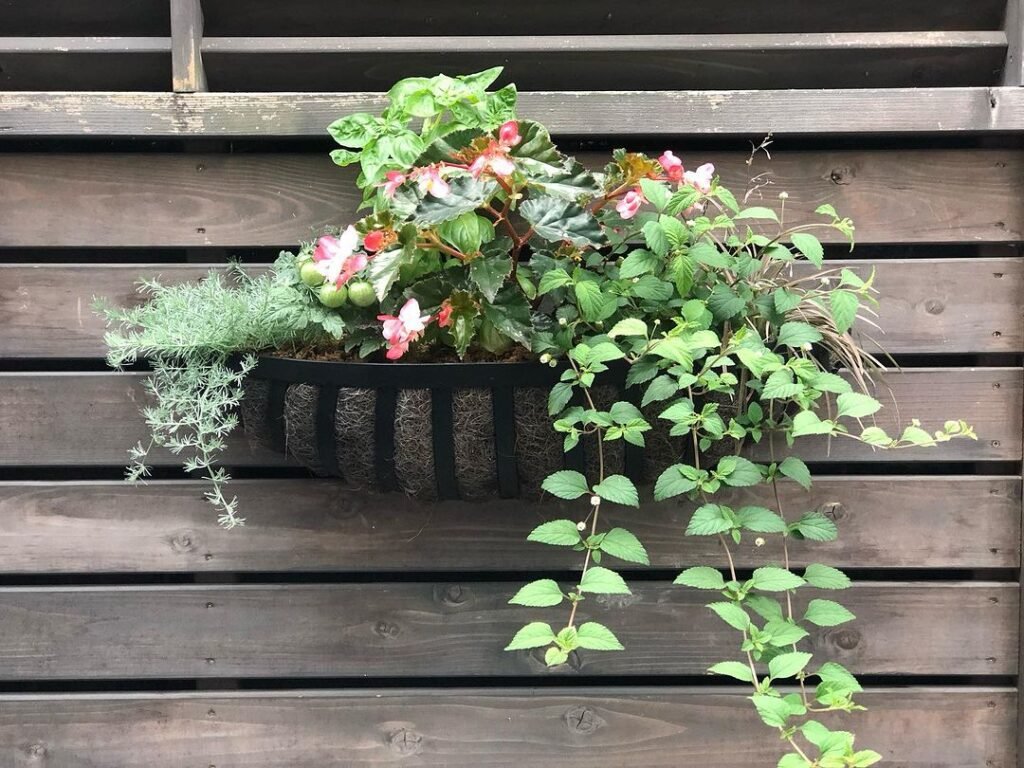


In the bustling ecosystem of your garden, pests can be unwelcome guests that threaten the well-being of your begonia richmondensis. Let’s embark on a comprehensive journey into the world of these intruders, understanding their habits and mastering effective strategies to safeguard your botanical companion.
Aphid Ambush 🦠
- Identification: Keep an eye out for clusters of small, sap-sucking insects. Aphids come in various colors and can infest the leaves and stems of your begonia.
- Control Tactics: Prepare a concoction of water and a few drops of dish soap. Spritz this soapy solution on affected areas to repel and eliminate aphids effectively.
Spider Mite Siege 🕷️
- Detecting Presence: These microscopic mites may create fine webs on your plant. Regularly inspect the undersides of leaves, particularly in dry conditions.
- Combat Strategy: Increase humidity around your begonia, and periodically hose down the foliage. This helps deter spider mites and keeps their population in check.
Mealybug Onslaught 🦠
- Recognizing Signs: Mealybugs, resembling small cottony masses, can cluster on leaves and stems. Swift action is crucial to prevent an infestation.
- Targeted Response: Utilize a cotton swab dipped in rubbing alcohol to delicately remove and eradicate mealybugs without causing harm to your begonia.
Scale Insect Standoff 🕷️
- Spotting the Invaders: Scale insects often attach themselves to stems and leaves, resembling small bumps. Regular inspections are key to early detection.
- Effective Elimination: Use a soft brush or a cotton swab soaked in neem oil to remove and deter scale insects from settling on your begonia.
🌱 Seasonal Care
Just like a melody that evolves with the changing seasons, your care routine for begonia richmondensis should harmonize with the natural rhythms of the year. Let’s explore the seasonal nuances and fine-tune your botanical caregiving skills to ensure your begonia thrives in every seasonal stanza.
❄️ Winter Sonata
As winter unfolds its icy embrace, your begonia desires a quieter, more subdued melody. Position it away from drafty windows, shielding it from chilly gusts. Keep the watering tempo steady but reduce the frequency, allowing the soil to partially dry between sips. Introduce gentle warmth to its environment, ensuring it stays within the comfortable temperature range of 60-75°F (15-24°C).
🌸 Spring Crescendo
With the arrival of spring, your begonia awakens from its winter slumber, ready for a crescendo of growth. Gradually increase watering, responding to the plant’s reawakening. If your begonia has experienced a winter rest, this is an ideal time to consider repotting, refreshing its soil, and providing a burst of nutrients to support its vigorous growth.
🌿 Pruning and Shaping
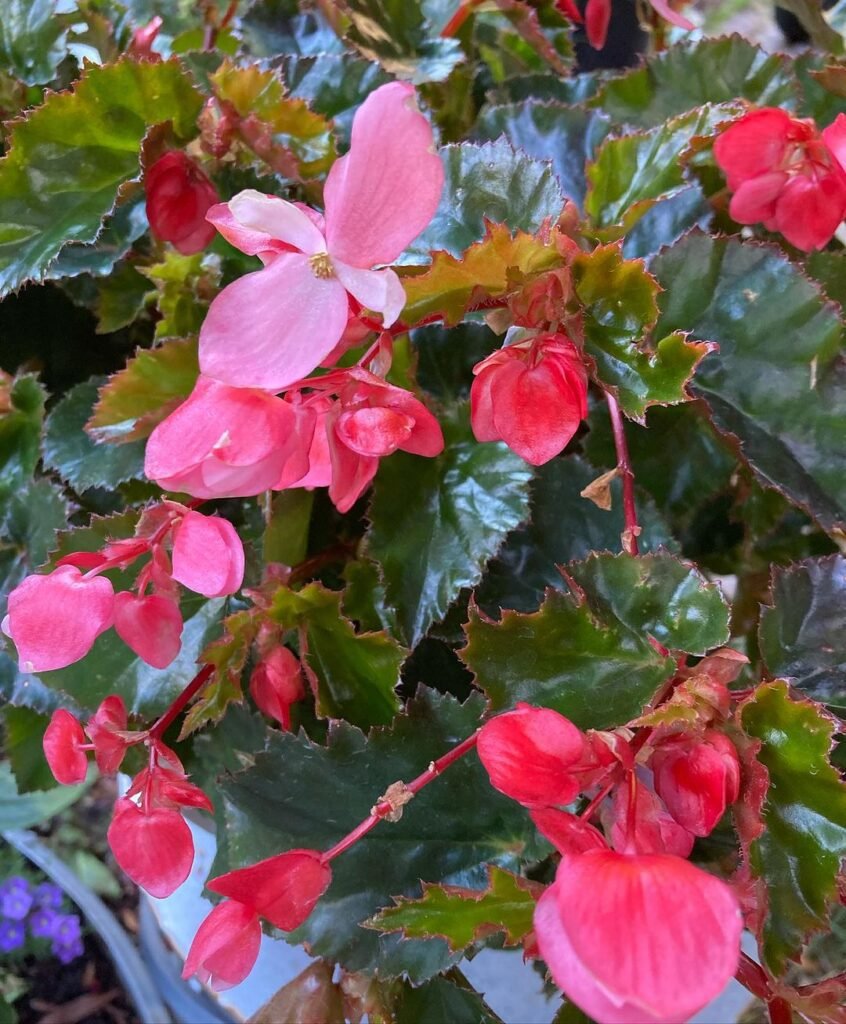


In the intricate dance of botanic aesthetics, pruning and shaping emerge as the choreography that defines the visual allure of your begonia richmondensis. Let’s unravel the art of sculpting your begonia into a masterpiece that not only blooms vibrantly but also showcases a well-structured and captivating form.
✂️ Pruning Principles
- Encourage Bushiness with Pinching: Pinching back the tips of your begonia stems is akin to giving it a little motivational nudge. This technique prompts the development of lateral shoots, resulting in a fuller and bushier appearance.
- Selective Removal for Airflow: Improve airflow within the plant by selectively removing crowded or inward-facing branches. This not only enhances the aesthetic appeal but also reduces the risk of fungal issues.
- Thinning for Structure: When your begonia becomes a bit too exuberant, thinning out select stems can maintain a well-balanced structure. This involves removing entire stems at the base, allowing light and air to penetrate deeper into the plant.
- Deadheading for Continuous Blooms: To keep the floral spectacle going, regularly deadhead spent blooms by trimming them off at the base. This redirects the plant’s energy towards producing new blossoms, ensuring a continuous display.
Care Tip: When engaging in the art of pruning, timing is your secret weapon. Optimal pruning periods are during the active growth phases, typically in spring and early summer. Avoid heavy pruning during winter or when your begonia is in a dormant state, as it may impede its natural growth cycle.
🌿 Different Pruning Techniques
- Pinching: Gently squeeze or pinch the tips of your begonia stems between your thumb and forefinger. This encourages branching and a more compact growth habit.
- Heading Back: Trim back the main stems to control the overall size of the plant and stimulate new growth. Ideal for shaping and maintaining a specific form.
- Thinning Out: Selectively remove entire stems or branches to improve air circulation and maintain an open, well-structured appearance.
- Deadheading: Snip off spent blooms regularly to promote continuous flowering and prevent the plant from investing energy in seed production.
Mastering these different pruning techniques allows you to tailor your begonia richmondensis to your aesthetic preferences while ensuring its health and longevity. So, step into the role of a botanical sculptor, and let your begonia flourish under your artistic care!
☀️ Summer Symphony
As summer unfolds, your begonia basks in the warmth of the sun. Ensure it receives bright, indirect sunlight, protecting it from scorching rays. Increase the watering rhythm to meet the heightened demand for moisture. Regularly inspect for pests, as the warmer temperatures may attract unwanted visitors. Embrace the lush greenery as your begonia reaches its peak vibrancy.
🍂 Autumn Waltz
As the leaves change hues, your begonia’s care routine adapts to the autumn waltz. Gradually reduce watering as the temperatures cool, allowing the top layer of soil to dry more between sessions. Trim any leggy growth, shaping your begonia for the upcoming winter rest. Keep an eye on the decreasing daylight, adjusting its placement to ensure it still receives adequate, indirect sunlight.
Seasonal Care Overview Table:
| Season | Light | Watering | Temperature Range | Additional Tips |
|---|---|---|---|---|
| Winter | Indirect sunlight | Reduce frequency; keep soil partly dry | 60-75°F (15-24°C) | Shield from drafts; introduce gentle warmth. |
| Spring | Increasing sunlight | Gradually increase; consider repotting | 60-75°F (15-24°C) | Support growth with fresh nutrients. |
| Summer | Bright, indirect sunlight | Increase frequency | 60-75°F (15-24°C) | Watch for pests; embrace vibrant growth. |
| Autumn | Adjust sunlight exposure | Gradually reduce; shape growth | 60-75°F (15-24°C) | Prepare for winter rest; trim leggy growth. |
By orchestrating your care routine in harmony with the changing seasons, you ensure your begonia richmondensis thrives in a symphony of growth, rest, and vibrant renewal throughout the year.
Conclusion
In the journey of nurturing the enchanting begonia richmondensis, we’ve explored the intricate facets of care, from its unique appearance to the nuances of optimal growing conditions and seasonal adaptations. By understanding the principles of pruning and shaping, you’ve gained the tools to sculpt your begonia into a botanical masterpiece.
Remember, beyond the practical aspects of care, tending to a begonia is an artistic endeavor. The symbiotic dance of sunlight, watering rhythms, and seasonal adaptations contributes to the vibrant tapestry of its existence. As you cultivate this botanical companion, embrace the joy of witnessing its continuous growth, blooming, and the flourishing beauty it adds to your space.
If you’re thinking of extending your begonia family, I recommend considering either begonia rajah or begonia withlacoochee. They both would make great additions to your squad!
So, as you embark on this horticultural adventure, let the begonia richmondensis be not just a plant in your collection but a living testament to the artistry of nature and your nurturing care.
FAQs
Is begonia richmondensis suitable for indoor cultivation?
Yes, begonia richmondensis is well-suited for indoor cultivation. Ensure it receives bright, indirect sunlight, and maintain optimal humidity levels for its well-being.
How often should I prune my begonia richmondensis?
The frequency of pruning depends on your aesthetic preferences and the growth pattern of your begonia. However, light pruning every few weeks during active growth periods is generally beneficial.
Can I propagate begonia richmondensis from cuttings?
Certainly! Begonia richmondensis can be propagated from leaf cuttings. Select healthy leaves, place them in a suitable rooting medium, and watch as new plants emerge.
What should I do if my begonia richmondensis gets infested with pests?
Swift action is key. Identify the pest, and use targeted methods such as soapy water sprays or neem oil to control infestations. Regularly inspect your plant to catch any issues early.
How do I encourage continuous blooms in my begonia richmondensis?
Regular deadheading of spent blooms is essential to redirect the plant’s energy towards producing new flowers. Additionally, ensure optimal growing conditions and provide adequate nutrients for continuous flowering.
Is it normal for begonia richmondensis to lose leaves during winter?
Yes, begonia richmondensis may experience some leaf drop during the winter months. This is a natural part of its growth cycle. Maintain a stable environment, avoid overwatering, and the plant should rebound in spring.

Writer/Green Thumb/Explorer – Rooted deep in the rich soils of Devon, I’ve cultivated a vast expertise in plant care, helping greenery thrive in homes across the UK. When I’m not crafting detailed plant care guides, I’m journeying through the lush landscapes of the West Country, unearthing nature’s secrets and sharing them with fellow plant enthusiasts. Every leaf has a story, and I’m here to tell it.





